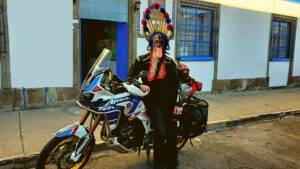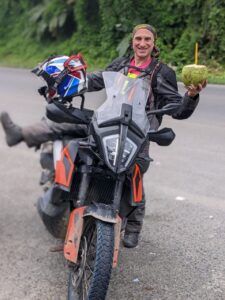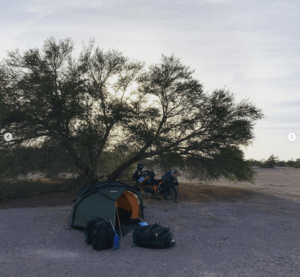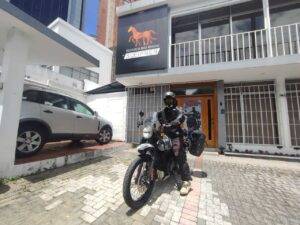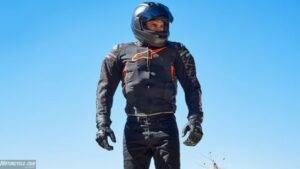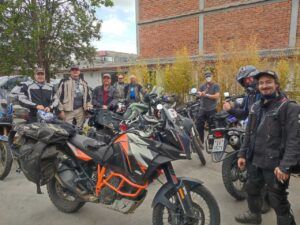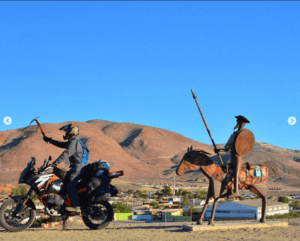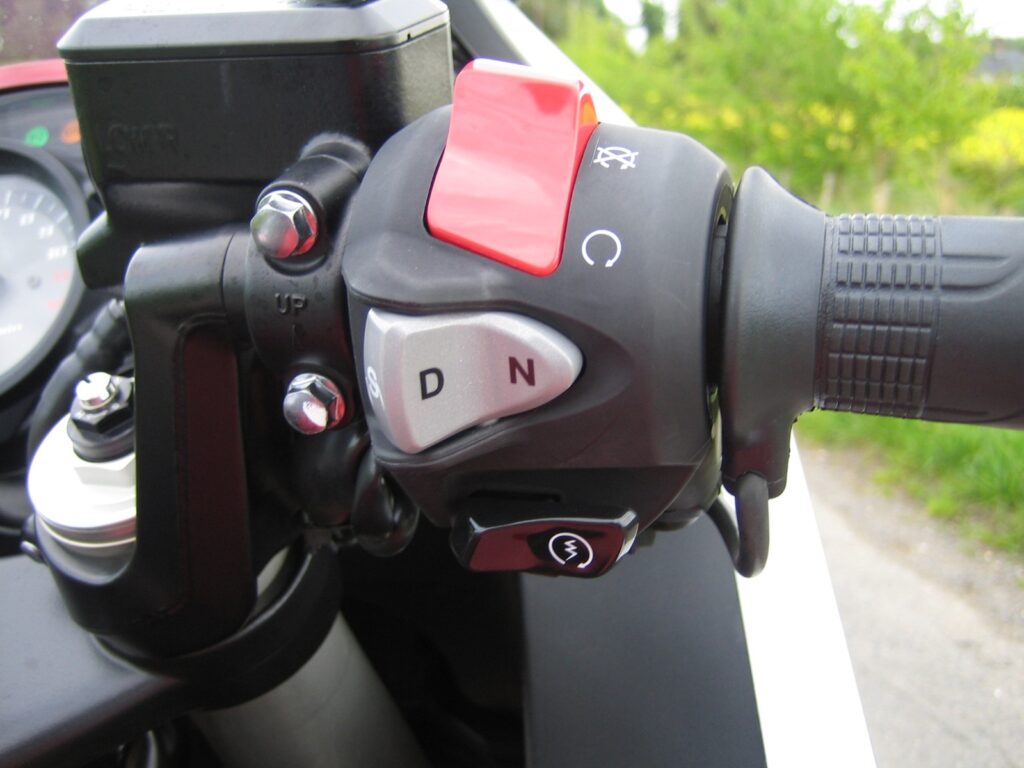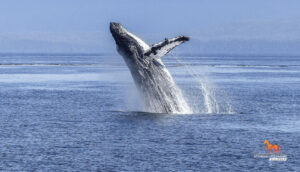Inti Raymi: A festival to thank the Sun and Mother Earth.
Inti Raymi is a festival to thank the Sun and Mother Earth. Every year, the Kichwa people from Ecuador celebrate Inti Raymi (Feast of the Sun). The popular Andean custom. Activities Today, we share details of this festivity, gathering yearly to thank the Sun and Pachamama for our sustenance. In addition, the season shows us the cycle change with the beginning of the harvests. June 21st marks the main celebration day, coinciding with the sun’s closest point to Earth, leading to shortest day. Music, dance, and ritual acts fill ceremonial sites along the inter-Andean alley, where gods’ and nature’s energies converge, empowering celebrants. Traditionally on these dates, several communities of the Andes gathered and prepared various activities and rituals to honor Taita Inti, an example is Cotacachi where the spiritual and symbolic ritual of the taking of the square, summoning dancers and musicians, who spun in circles with strength and courage to keep the mother earth awake, and that it receives the offerings of human beings. Another important activity on this date is the purification and energy renewal bath, led by shamans. Inti Raymi also includes the traditional pampamesa, an ancestral ritual where typical Andean foods are shared, such as corn, potatoes, melloco, beans, and others, combined with different kinds of meat, especially guinea pig. So, the meal reflects the community´s brotherhood, as the food is placed on a tablecloth on the floor. Everyone eats and enjoys this moment and of course the “chicha”, a traditional indigenous beverage. Diablo Huma, represents the connection with the cosmos, in the festival of the Sun. Main reason The festival has a main reason, the Aya Uma (Devil’s Head) or Diablo Huma. Which has an important spiritual meaning for the indigenous communities. Moreover, it congregate in sacred places to thank the Pachamama for the harvests. On this special date, the festival welcomes the cosmic order, aiding in banishing other demons that haunt the crops. Inti Raymi symbolizes the fusion of Andean and Western cultures, with Aya Uma as a prime example. The name of the devil was assigned in the process of the Spanish conquest to show fear in the culture. For celebrating festivities in honor of nature’s gods of nature such as the Sun, the Moon, and the Pachamama. So, over time his name was transmitted throughout the centuries as Diablo Huma. However, its meaning transcends, it comes from the Spanish religion because its function on the day of maximum celebration. Is to gather good energy and connection between the cosmos and earthly life. Part of purifying and renewing baths beneath Andean waterfalls, gaining spiritual power from nature to combat adverse energies. In the festival, the Devil Huma dances on three occasions to connect with the Earth, Sun, and Moon. Additionally, the representative becomes a spiritual being, shattering myths to embody deities’ energies and transcend reality. His outfit consists of a colorful mask and two faces. Conclusion It depicts the cosmos’ duality—good and evil, sun and moon, day and night, future and present, north and south. Also, his hair symbolizes wisdom and cornflower. Historical documents state that his mask features four types of ears, representing the four directions and elements: air, water, fire, and earth. His attire consists of a whip, a symbol of power and authority. He wears a zamarro, a garment of various animal skins, to lead participants in the Inti Raymi festival. In certain indigenous communities, the Diablo Huma dances to drum beats, guitars, and indigenous women’s songs while playing wind instruments. Credits: Ministero de turismo Ecuador | Visit Us | Inti Raymi: A festival to thank the Sun and Mother Earth | Our website
Inti Raymi: A festival to thank the Sun and Mother Earth. Read More »
